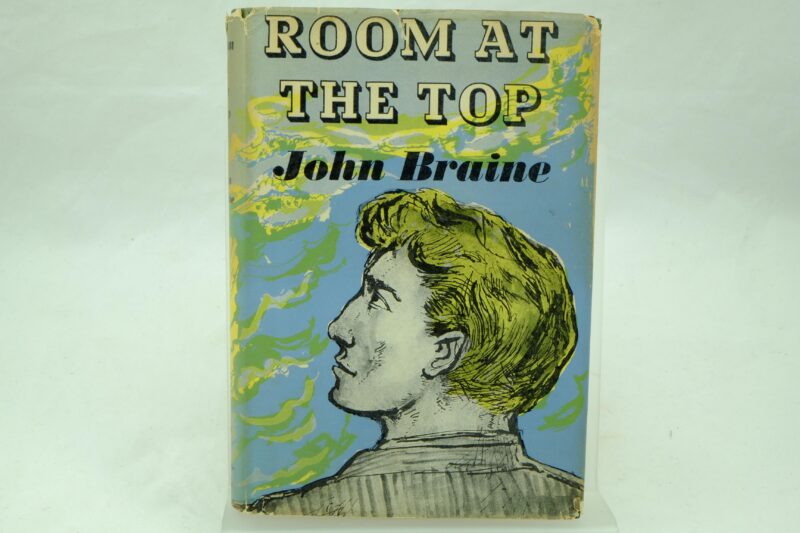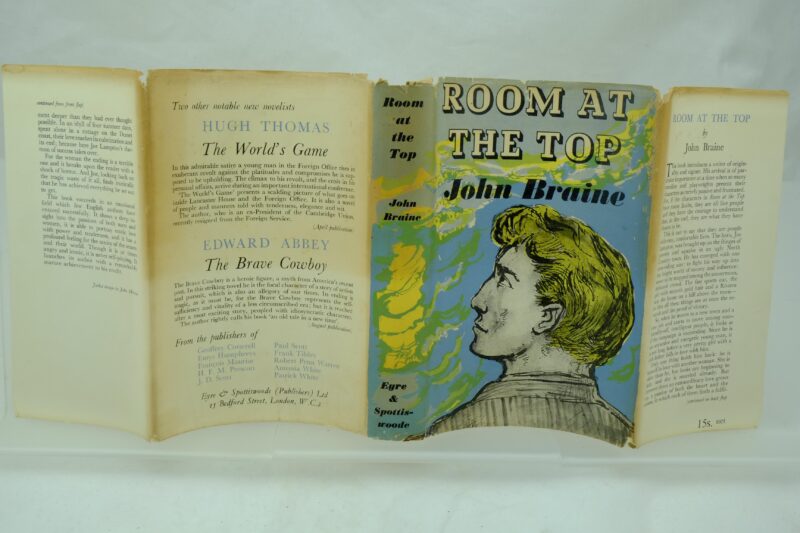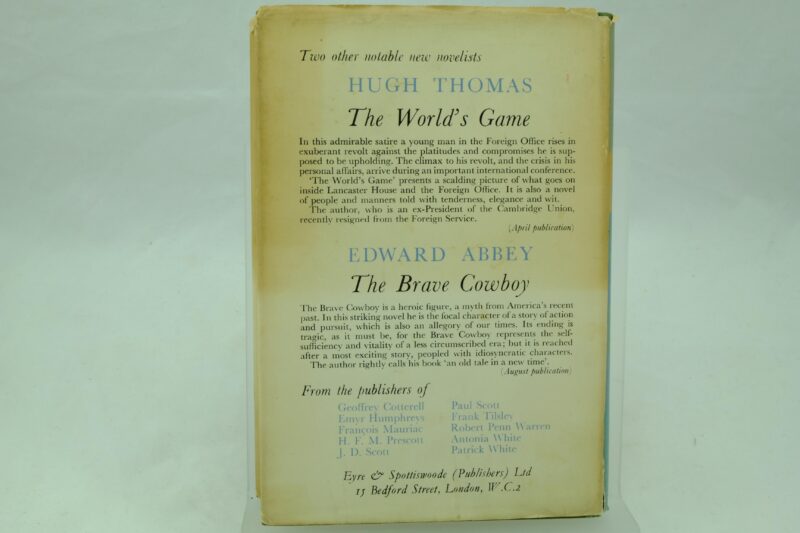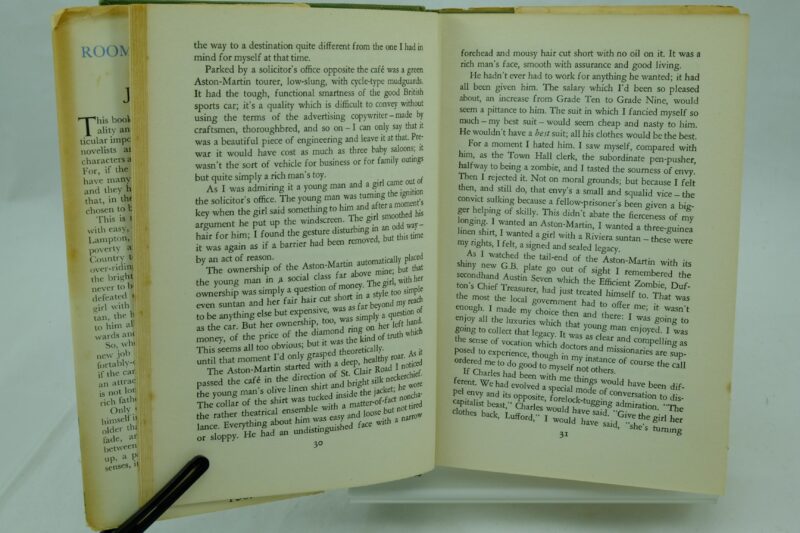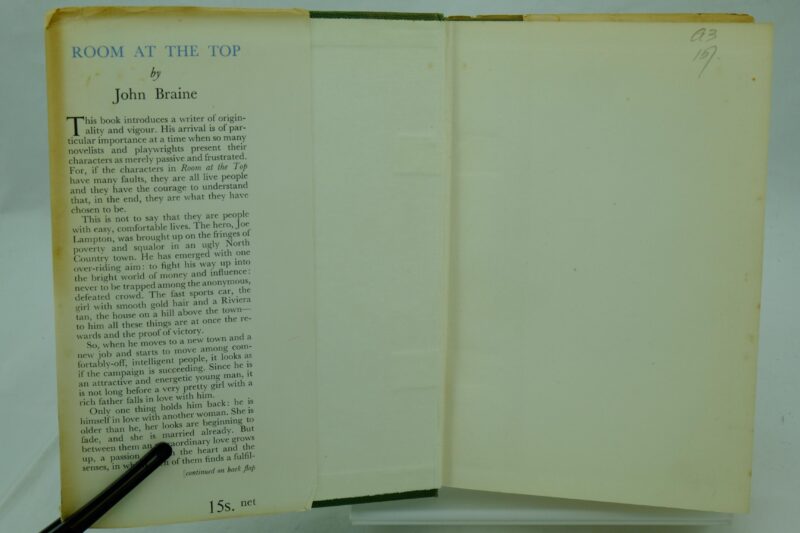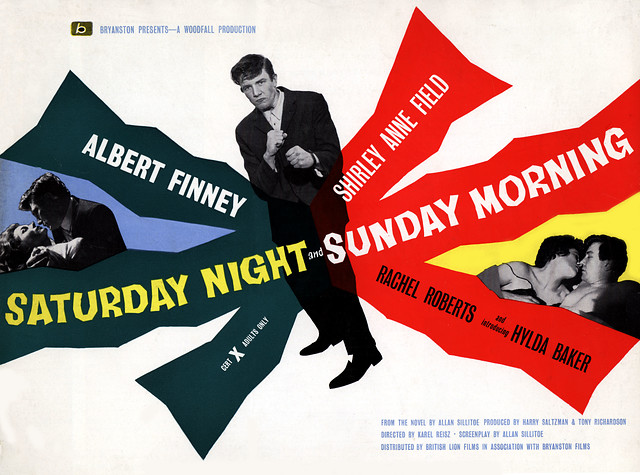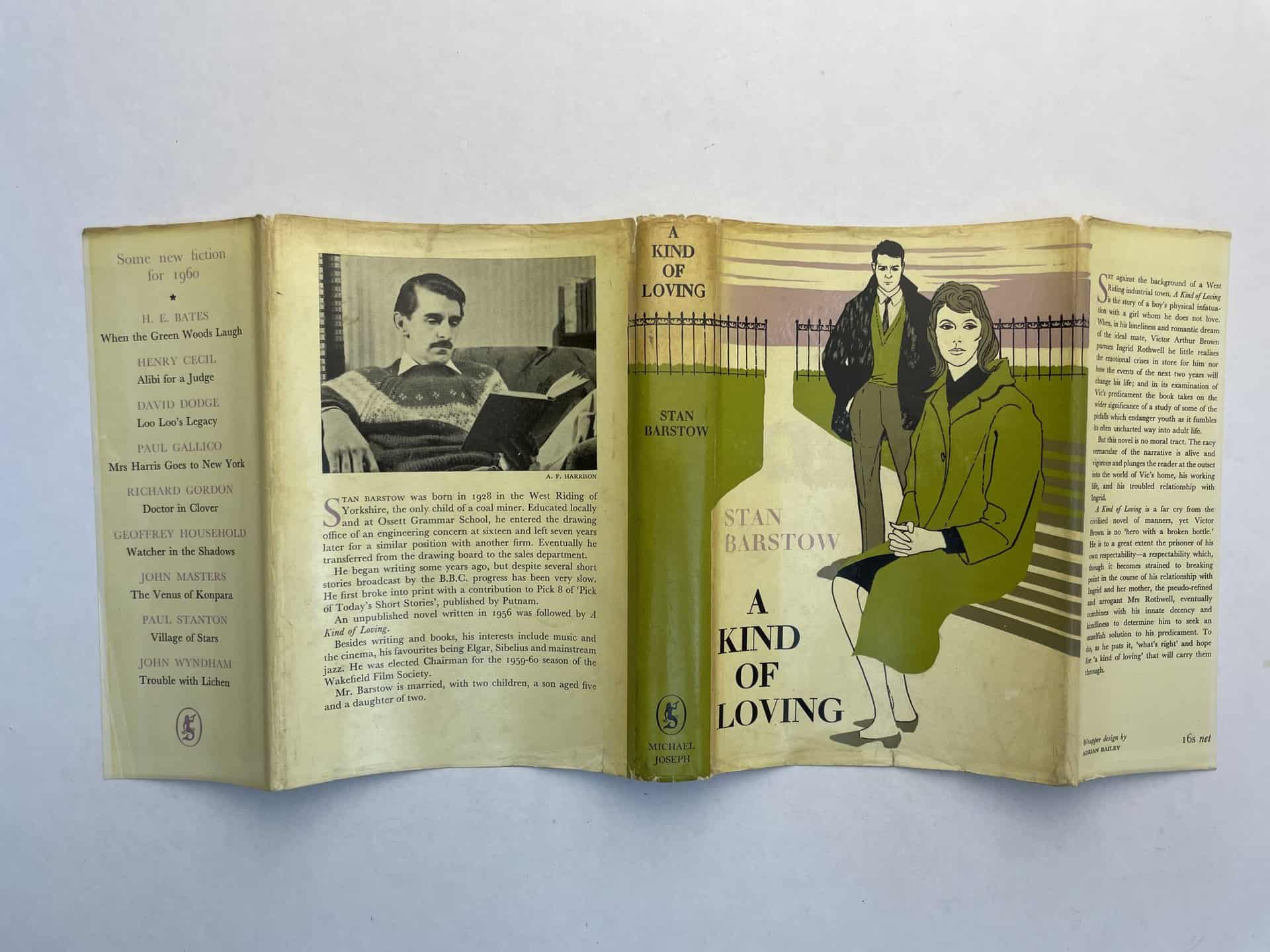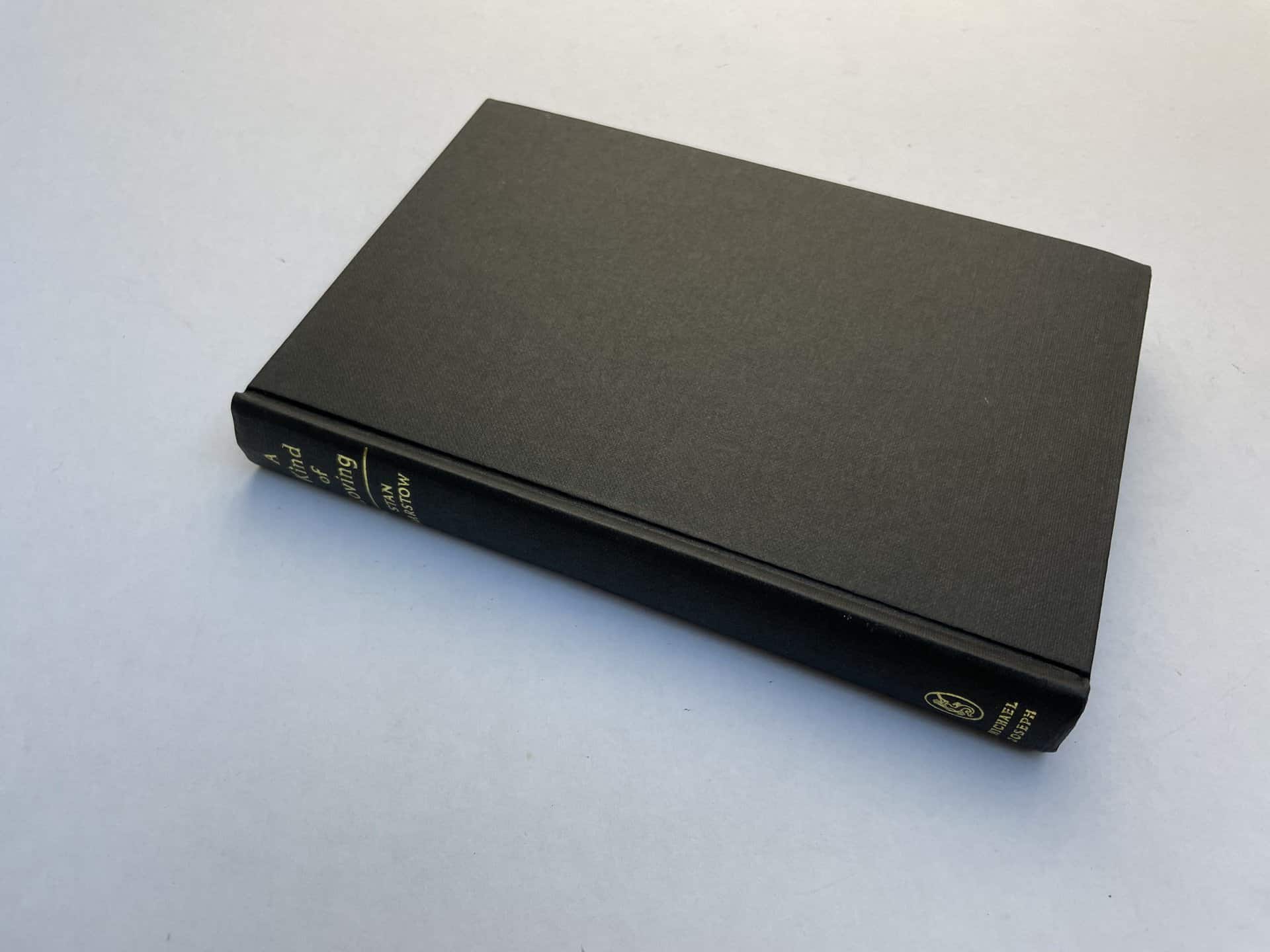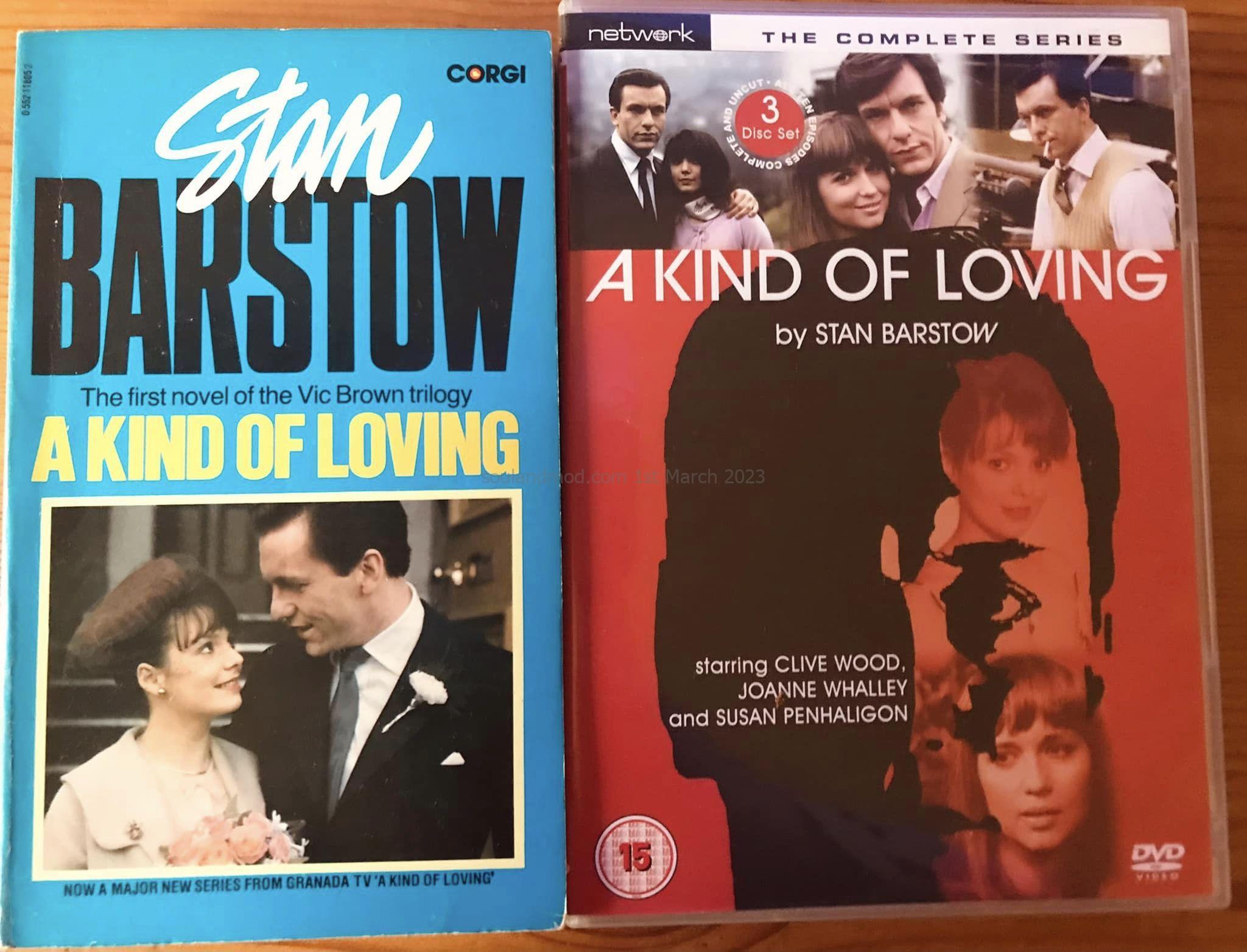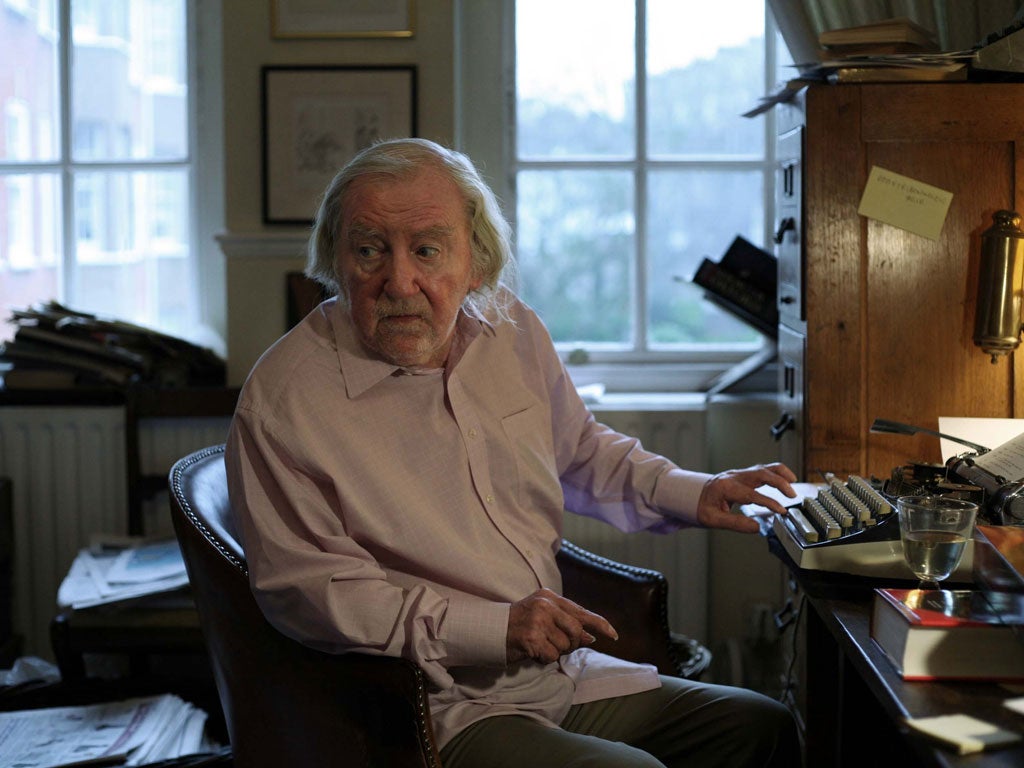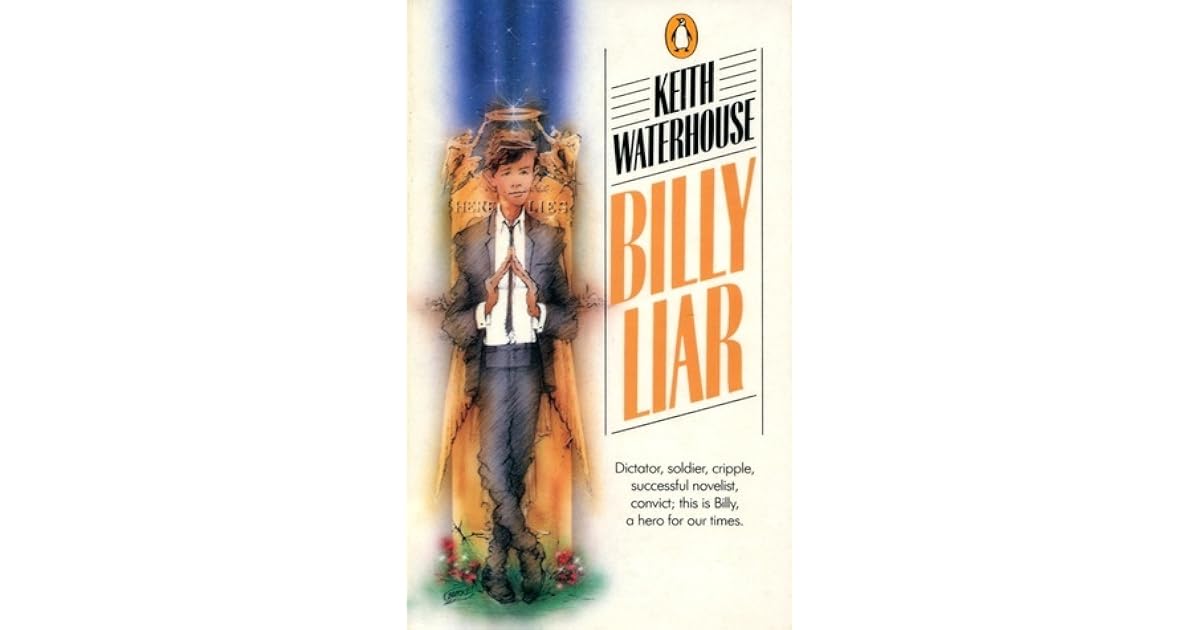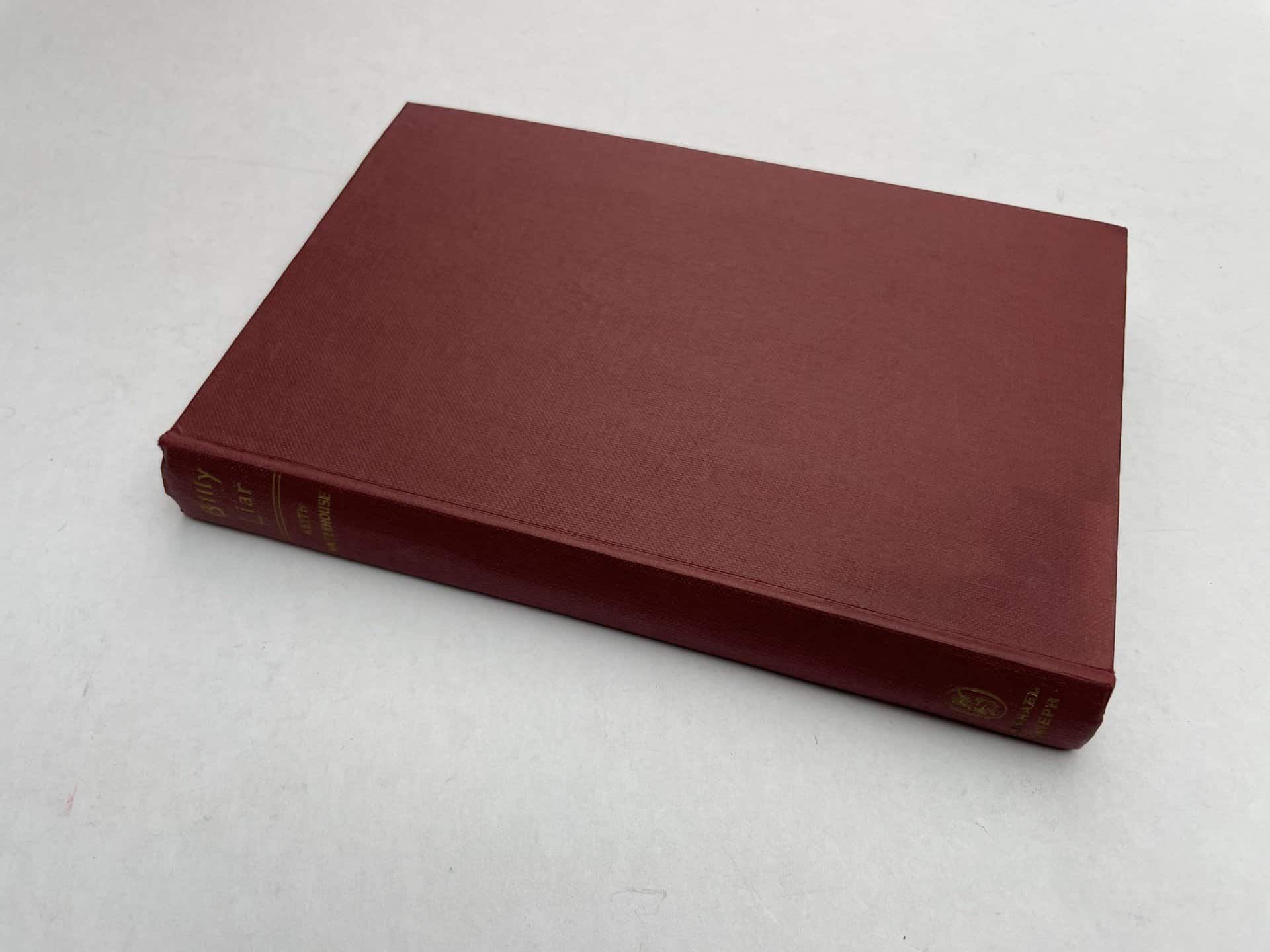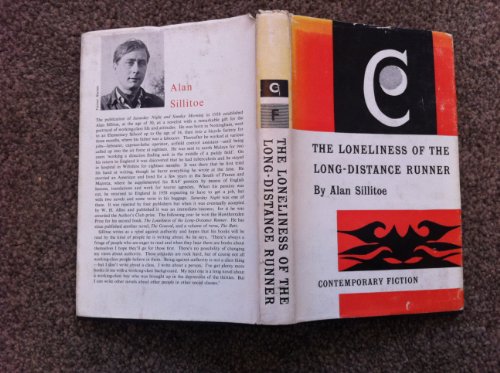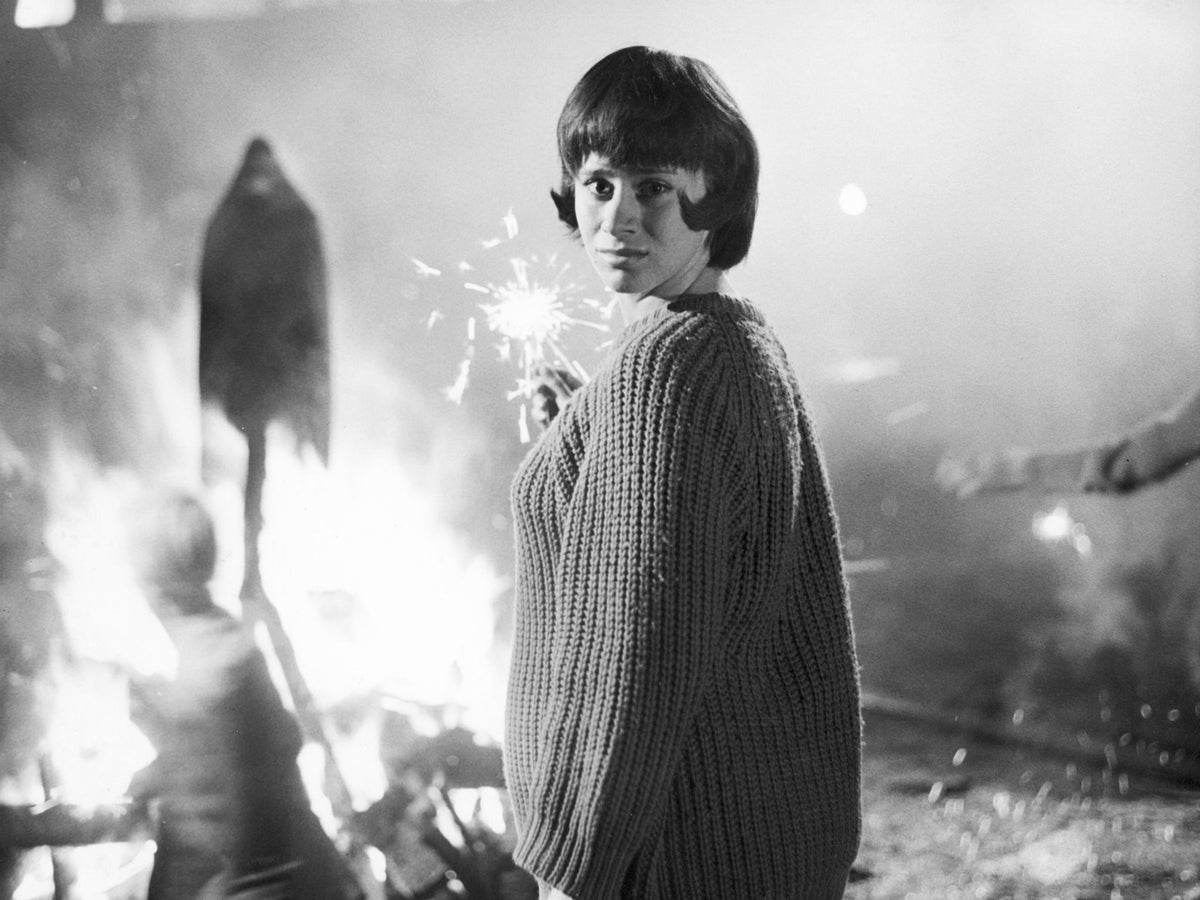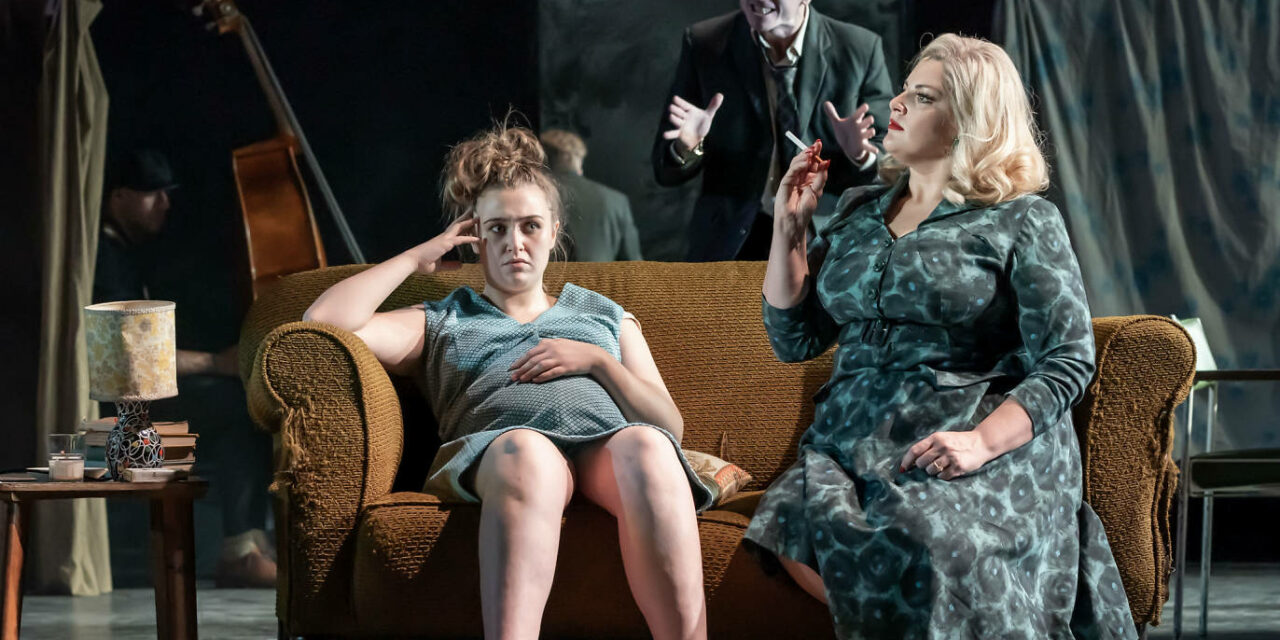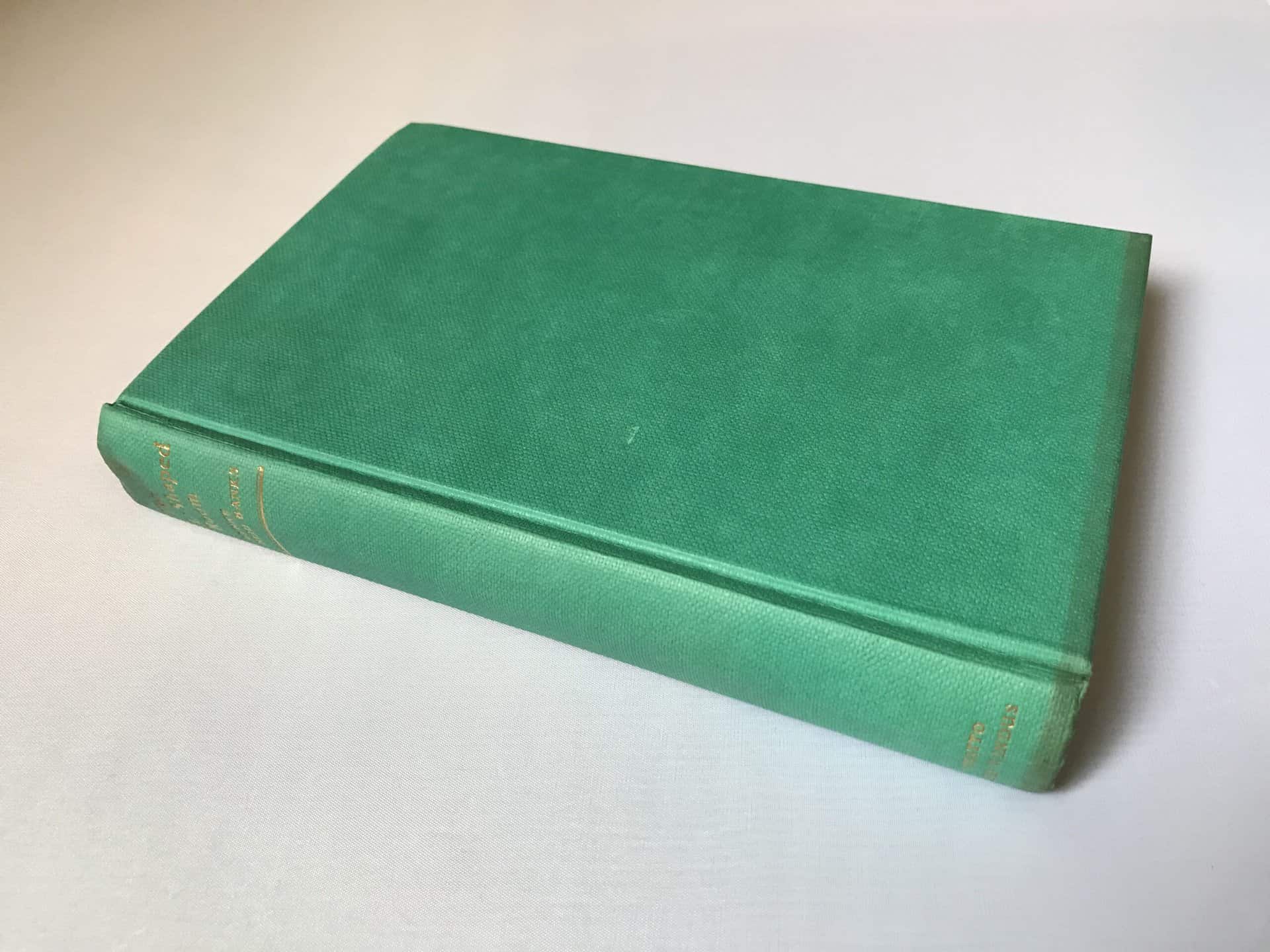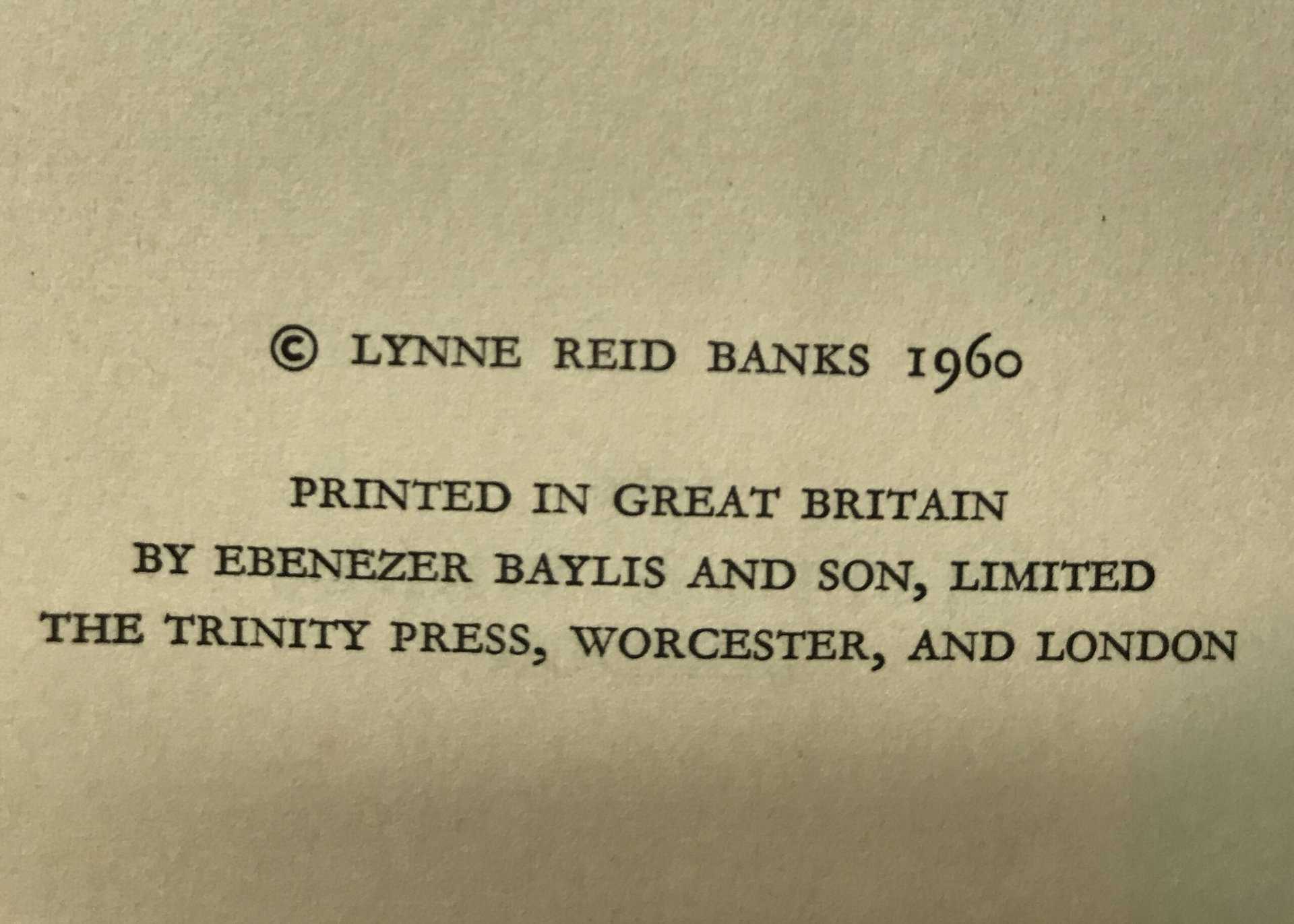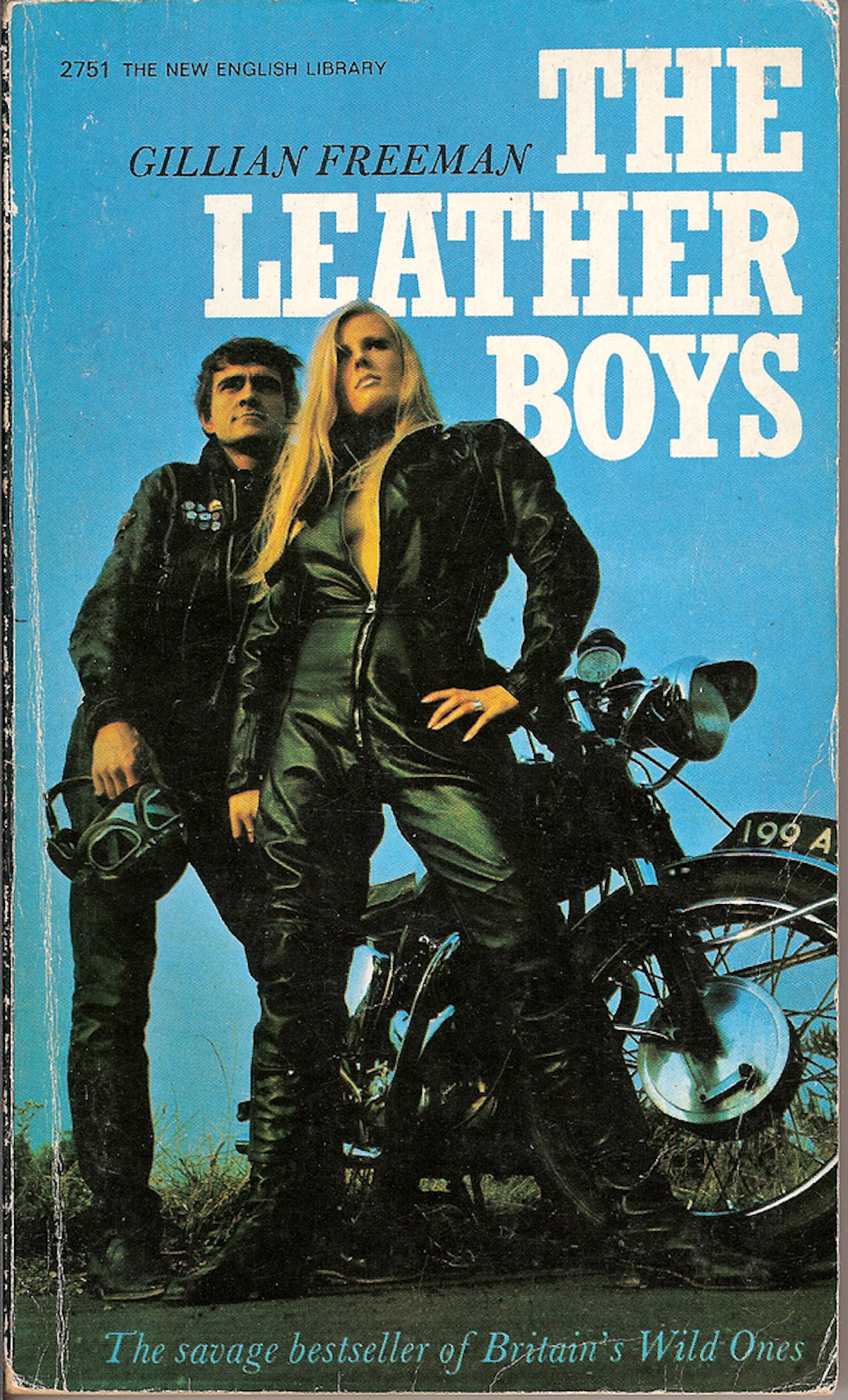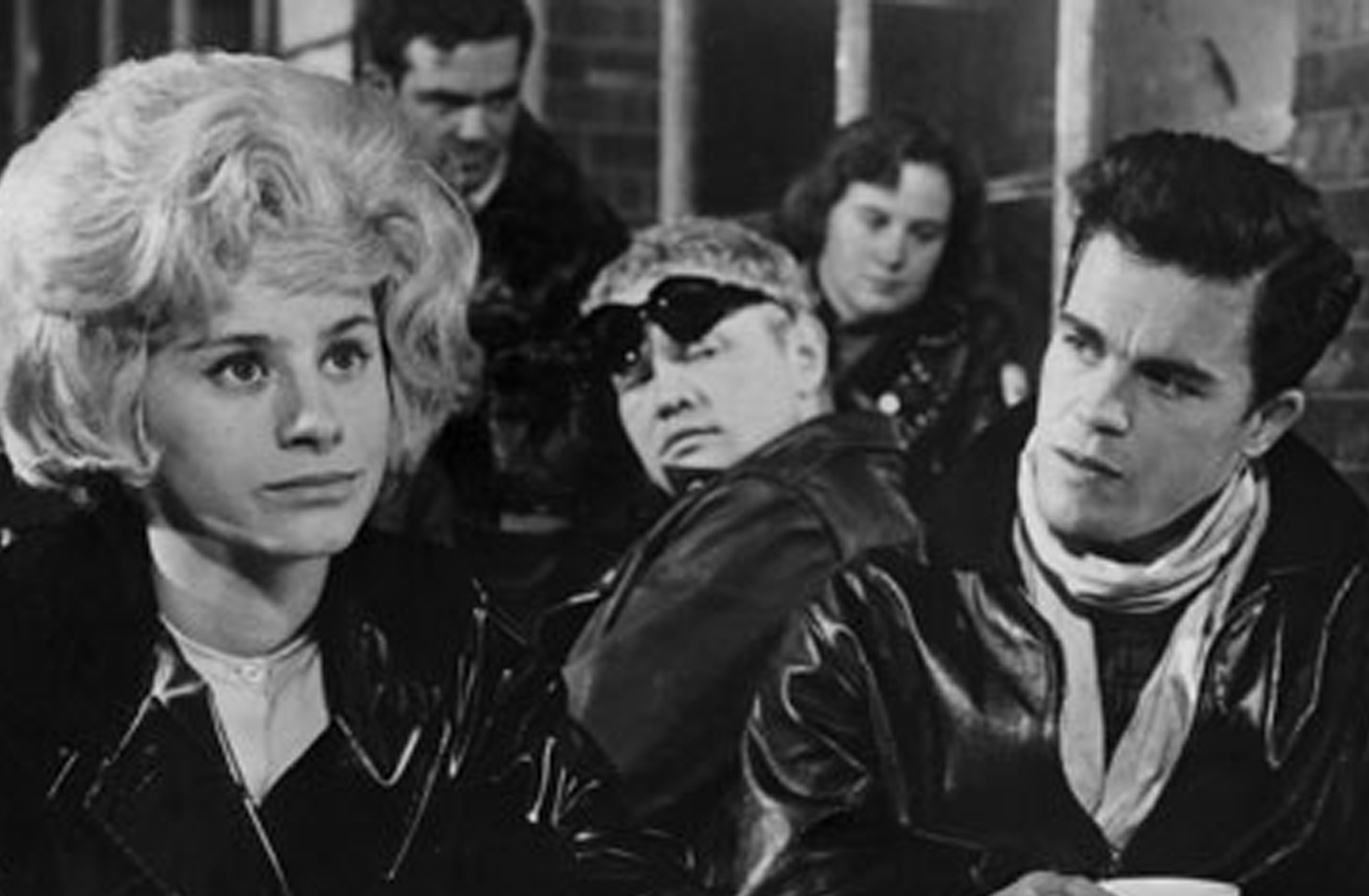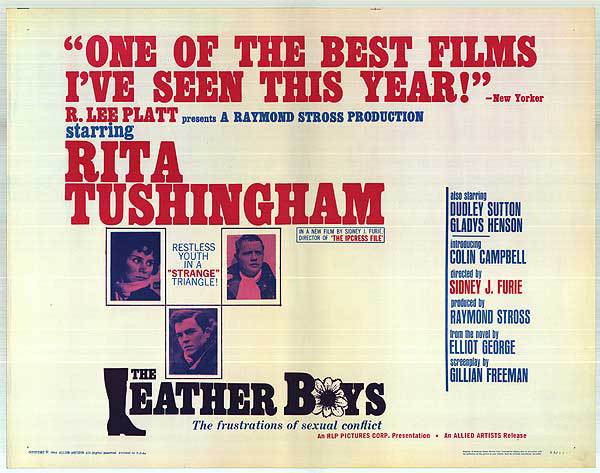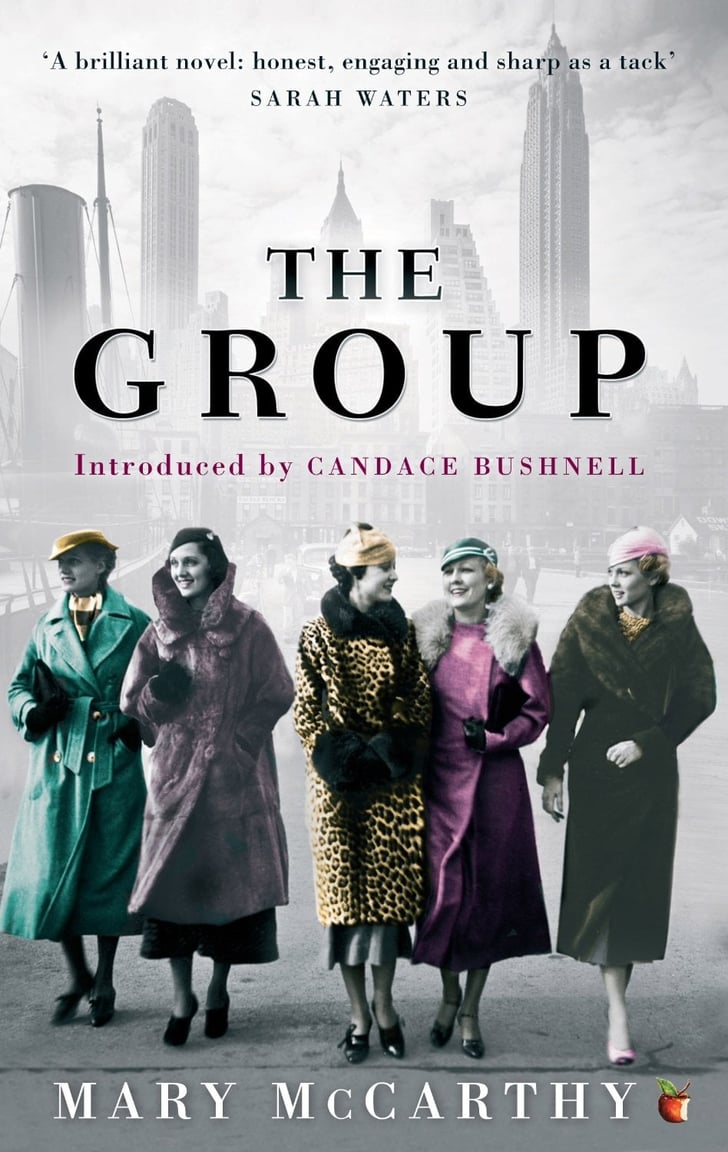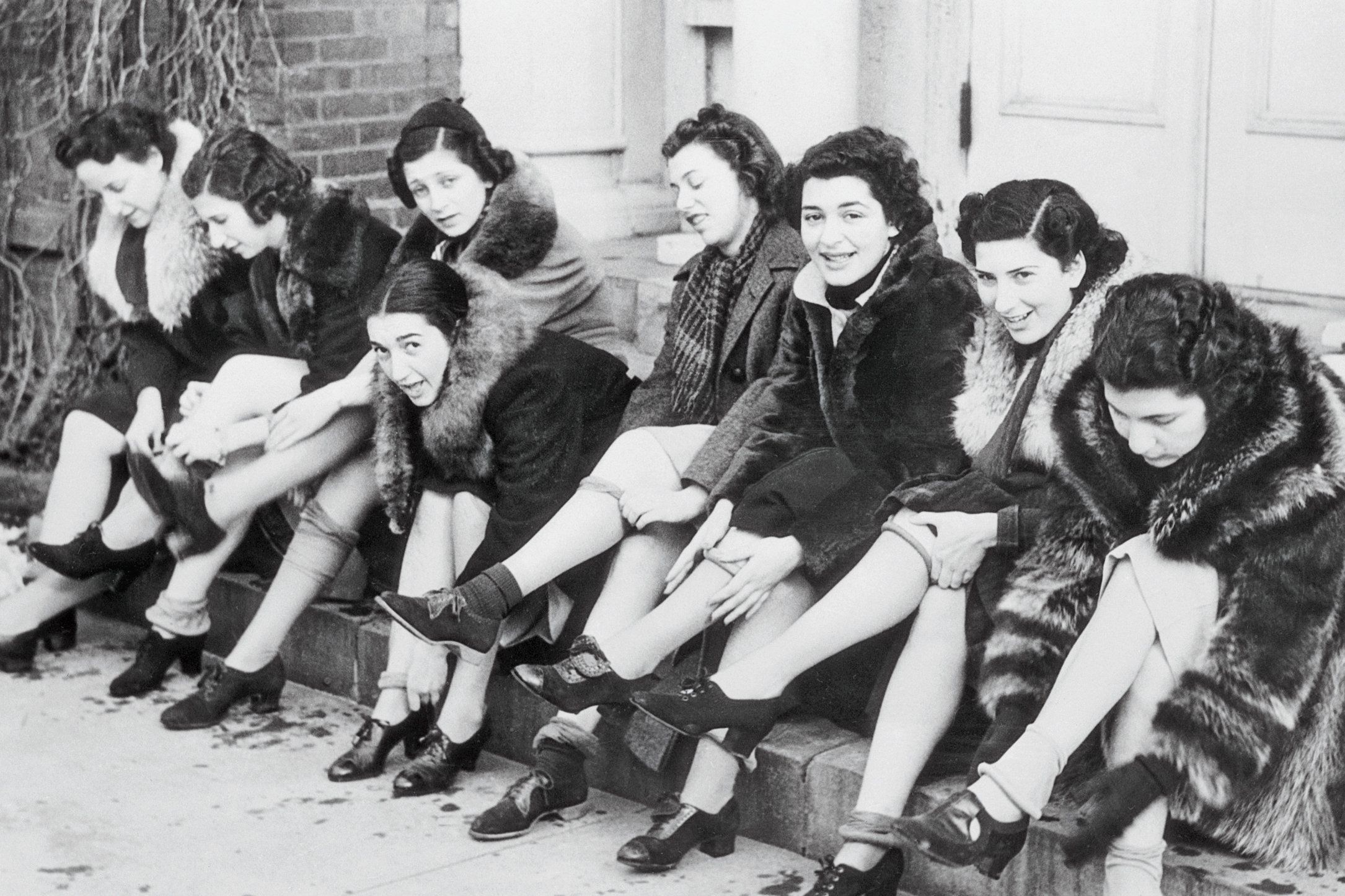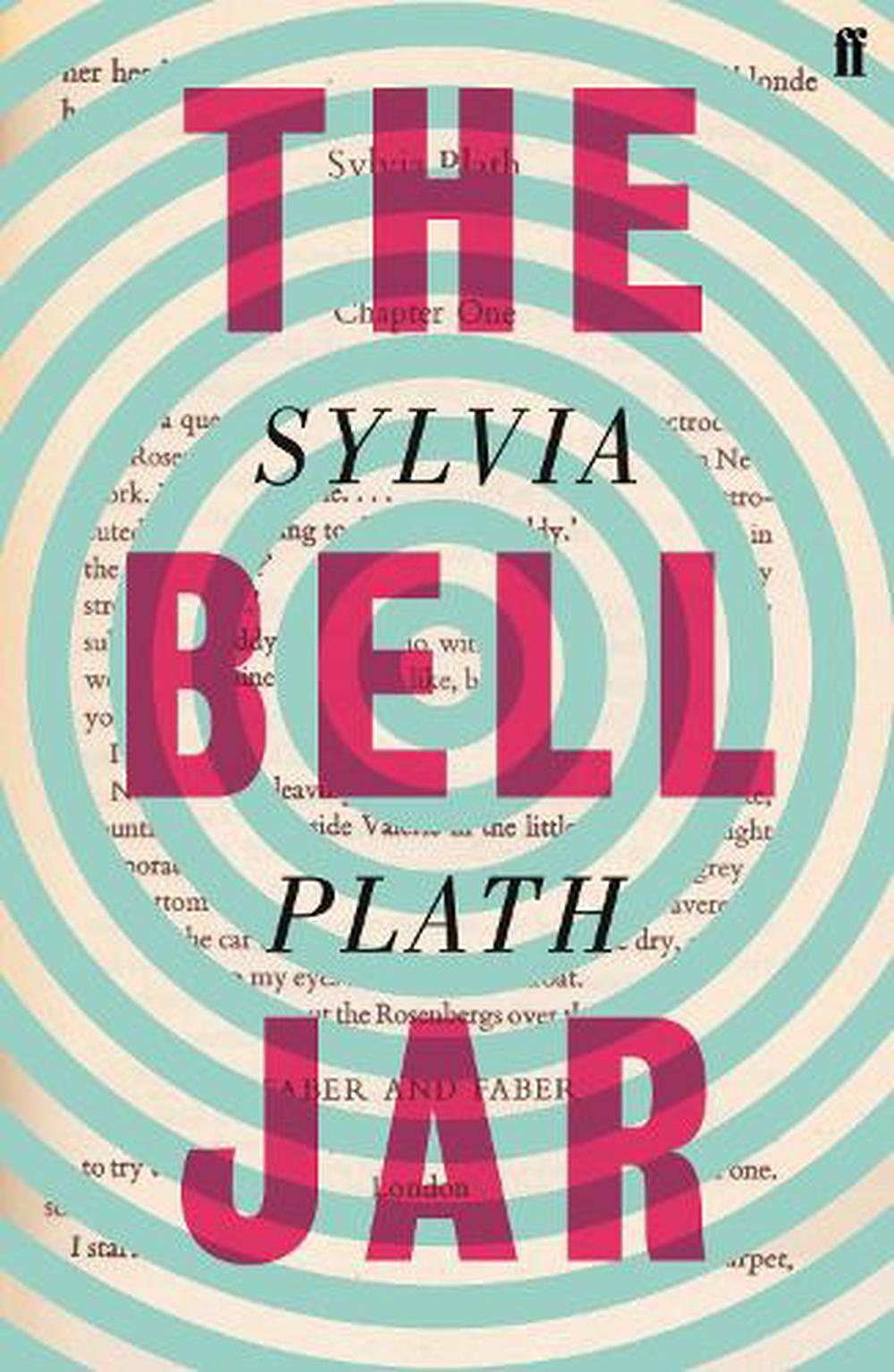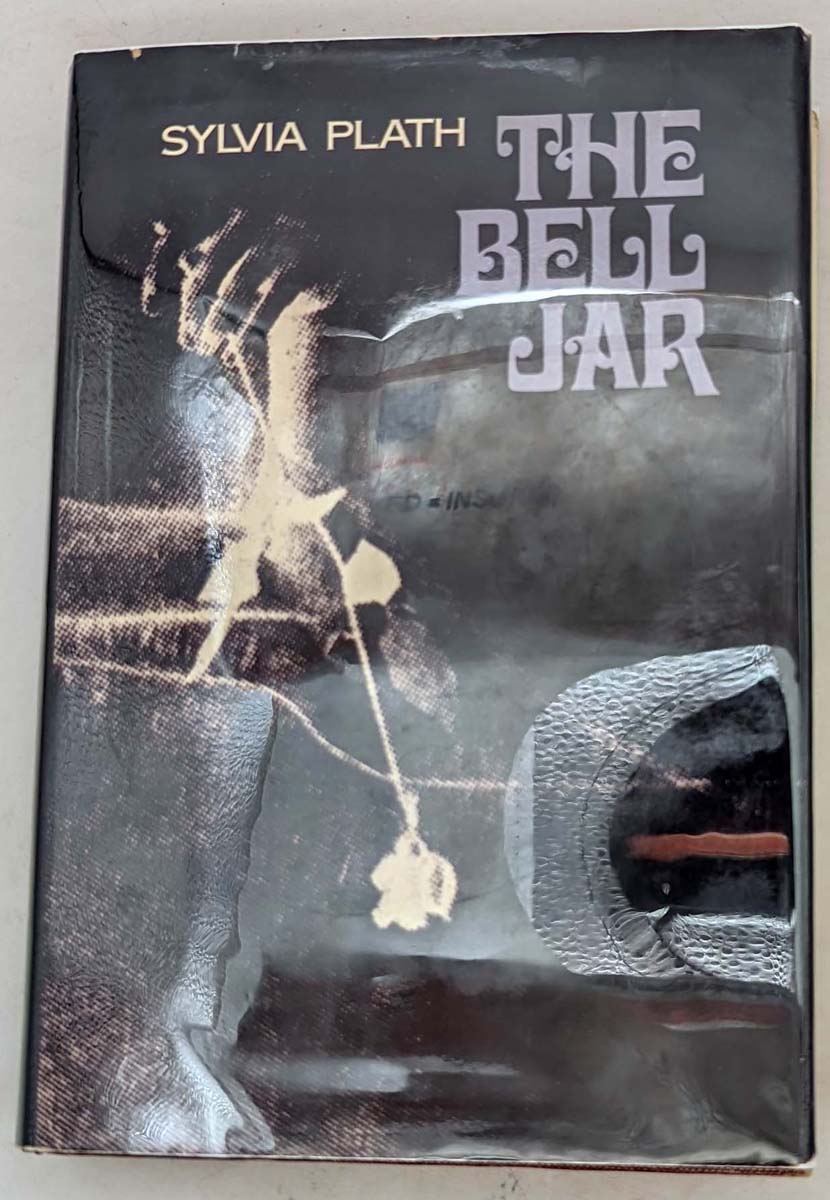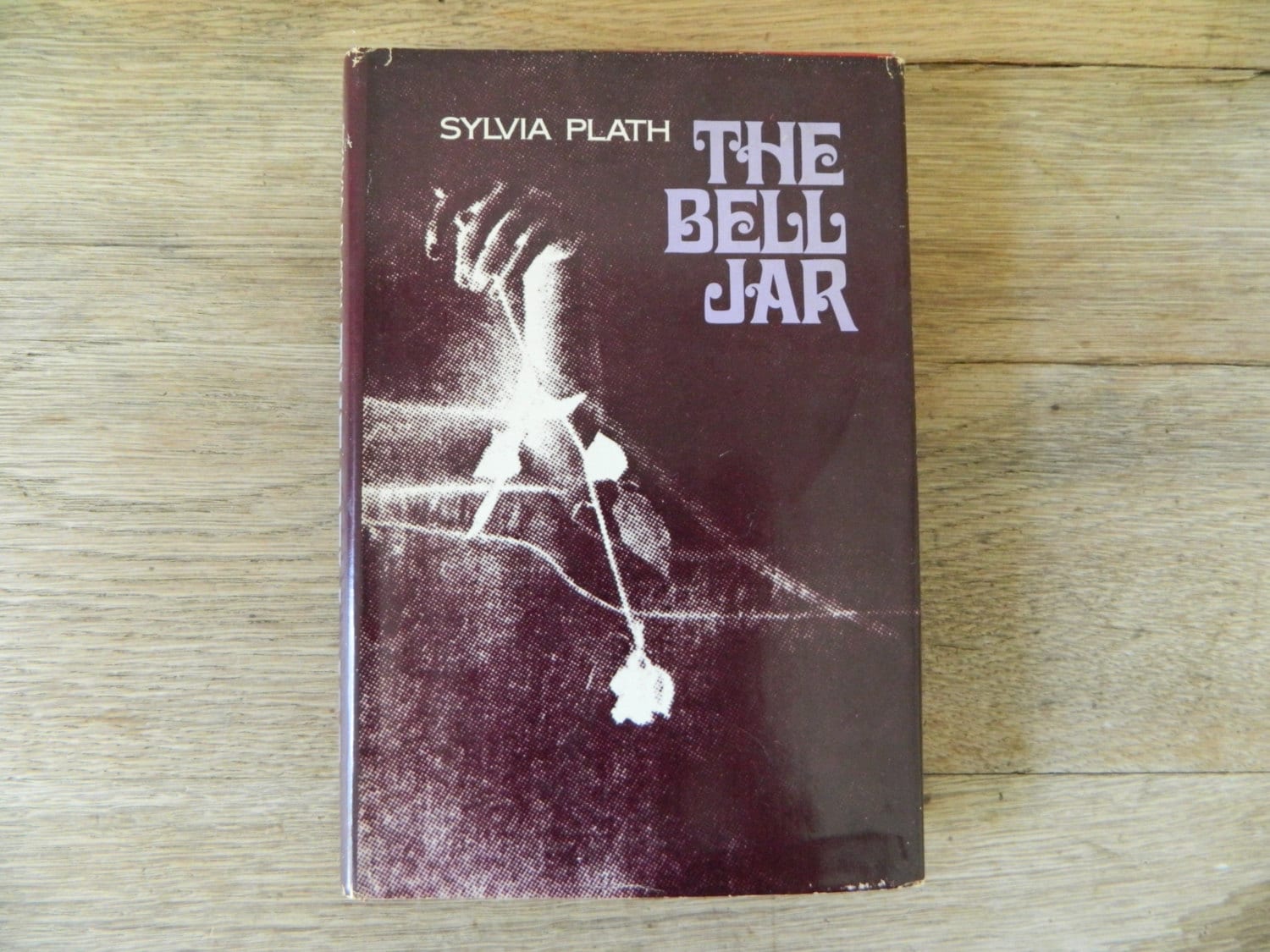The British kitchen sink novel is a genre of literature that emerged in the 1950s and 1960s, characterized by its realistic and gritty portrayal of working-class life in post-war Britain. These novels often focused on the struggles and aspirations of ordinary people, and were known for their raw and unflinching depictions of social issues such as poverty, class divides, and gender roles. In this article, we will take a look at the top 10 British kitchen sink novels that have left a lasting impact on readers and critics alike.Introduction
Considered by many as the first true kitchen sink novel, "Room at the Top" tells the story of Joe Lampton, a young man from a working-class background who is determined to climb the social ladder. Set in the industrial town of Warley, the novel explores themes of ambition, love, and class struggles. Braine's vivid and evocative writing style captures the essence of post-war Britain, making this a must-read for fans of the genre.1. "Room at the Top" by John Braine
Another groundbreaking novel of the genre, "Saturday Night and Sunday Morning" follows the exploits of Arthur Seaton, a young factory worker who rebels against the monotony of his life by indulging in heavy drinking, casual sex, and reckless behavior. Sillitoe's rebellious and cynical protagonist, along with his sharp observations of working-class life, makes this a powerful and unforgettable read.2. "Saturday Night and Sunday Morning" by Alan Sillitoe
This novel follows the story of Vic Brown, a young man who finds himself trapped in an unhappy marriage after getting his girlfriend pregnant. Set in the industrial town of Yorkshire, "A Kind of Loving" explores themes of love, marriage, and societal expectations. Barstow's realistic and relatable characters make this a poignant and thought-provoking read.3. "A Kind of Loving" by Stan Barstow
Considered a classic of British literature, "Billy Liar" tells the story of Billy Fisher, a young man who escapes the mundane reality of his life by retreating into a world of fantasies and lies. Set in the fictional town of Stradhoughton, the novel is a darkly humorous exploration of youth, dreams, and the harsh realities of growing up.4. "Billy Liar" by Keith Waterhouse
In this powerful and moving novel, Sillitoe explores the themes of rebellion, class struggle, and the corrupting influence of society. The story follows a young delinquent who uses long-distance running as a means of escape and defiance against the authorities. Sillitoe's unflinching portrayal of the working-class struggle makes this a must-read for fans of the genre.5. "The Loneliness of the Long-Distance Runner" by Alan Sillitoe
This groundbreaking play-turned-novel tells the story of a working-class teenage girl who becomes pregnant and must navigate the challenges of single motherhood and societal judgment. Delaney's bold and honest portrayal of female sexuality, as well as her exploration of issues such as race and class, make this a groundbreaking work of literature.6. "A Taste of Honey" by Shelagh Delaney
Set in 1950s London, this novel follows the story of Jane, a young single woman who finds herself pregnant and alone. Forced to move into a rundown boarding house, she becomes part of a diverse and unconventional group of tenants, each with their own struggles and secrets. Banks' portrayal of societal taboos and the power of community make this a poignant and emotionally resonant read.7. "The L-Shaped Room" by Lynne Reid Banks
This groundbreaking novel explores the themes of gender and sexuality in a time when homosexuality was still illegal in Britain. The story follows the relationship between two young working-class men, set against the backdrop of the 1960s biker culture. Freeman's sensitive and nuanced portrayal of same-sex relationships makes this a must-read for fans of the genre.8. "The Leather Boys" by Gillian Freeman
Set in the 1930s, this novel follows the lives of eight young women who have just graduated from Vassar College and are navigating the challenges of adulthood. While not set in Britain, "The Group" still explores themes of class, gender, and societal expectations in a way that resonates with fans of the British kitchen sink genre.9. "The Group" by Mary McCarthy
The Rise of British Kitchen Sink Novels

Exploring the Realities of Working-Class Life
 In the mid-20th century, a new genre of fiction emerged in Britain that would come to be known as the "kitchen sink" novel. These novels, often set in working-class households, focused on the gritty realities of everyday life and explored themes of poverty, class struggle, and the struggles of ordinary people. This literary movement was a reaction to the traditional, upper-class stories that had dominated British literature for centuries. With its emphasis on realism and social commentary, the kitchen sink novel captured the attention of readers and critics alike.
One of the defining features of the kitchen sink novel is its focus on the mundane, often overlooked aspects of working-class life. These novels brought to light the struggles of ordinary people, painting a vivid and often unflattering picture of post-war Britain.
Featured keywords such as "working-class", "poverty", and "class struggle" were prevalent in these novels, highlighting the harsh realities of life for many Britons during this time period.
The term "kitchen sink" itself comes from the idea of including everything but the kitchen sink in these stories - every aspect of working-class life was fair game for exploration.
The kitchen sink novel also challenged traditional gender roles and societal expectations. Many of these novels featured strong female characters who defied gender stereotypes and took on unconventional roles.
Keywords such as "gender roles" and "societal expectations" were often explored in these novels, shining a light on the limitations and pressures placed on women in post-war Britain.
This subversion of gender norms was groundbreaking for its time and helped to pave the way for more diverse and inclusive storytelling.
In addition to its focus on social issues, the kitchen sink novel also had a distinct writing style. These novels were characterized by their raw and unfiltered portrayal of working-class life, often using
keywords such as "gritty" and "realism"
to describe their tone and aesthetic. Unlike the polished and refined prose of traditional literature, the kitchen sink novel was rough around the edges, reflecting the harsh realities of its subject matter.
In conclusion, the rise of British kitchen sink novels marked a significant shift in the literary landscape of Britain. These novels challenged societal norms and brought attention to the struggles of the working class. With its focus on realism and social commentary, the kitchen sink novel remains a powerful and influential genre in British literature.
In the mid-20th century, a new genre of fiction emerged in Britain that would come to be known as the "kitchen sink" novel. These novels, often set in working-class households, focused on the gritty realities of everyday life and explored themes of poverty, class struggle, and the struggles of ordinary people. This literary movement was a reaction to the traditional, upper-class stories that had dominated British literature for centuries. With its emphasis on realism and social commentary, the kitchen sink novel captured the attention of readers and critics alike.
One of the defining features of the kitchen sink novel is its focus on the mundane, often overlooked aspects of working-class life. These novels brought to light the struggles of ordinary people, painting a vivid and often unflattering picture of post-war Britain.
Featured keywords such as "working-class", "poverty", and "class struggle" were prevalent in these novels, highlighting the harsh realities of life for many Britons during this time period.
The term "kitchen sink" itself comes from the idea of including everything but the kitchen sink in these stories - every aspect of working-class life was fair game for exploration.
The kitchen sink novel also challenged traditional gender roles and societal expectations. Many of these novels featured strong female characters who defied gender stereotypes and took on unconventional roles.
Keywords such as "gender roles" and "societal expectations" were often explored in these novels, shining a light on the limitations and pressures placed on women in post-war Britain.
This subversion of gender norms was groundbreaking for its time and helped to pave the way for more diverse and inclusive storytelling.
In addition to its focus on social issues, the kitchen sink novel also had a distinct writing style. These novels were characterized by their raw and unfiltered portrayal of working-class life, often using
keywords such as "gritty" and "realism"
to describe their tone and aesthetic. Unlike the polished and refined prose of traditional literature, the kitchen sink novel was rough around the edges, reflecting the harsh realities of its subject matter.
In conclusion, the rise of British kitchen sink novels marked a significant shift in the literary landscape of Britain. These novels challenged societal norms and brought attention to the struggles of the working class. With its focus on realism and social commentary, the kitchen sink novel remains a powerful and influential genre in British literature.



